Citroen C2 2003 - 2009 - Used car, advantages, disadvantages
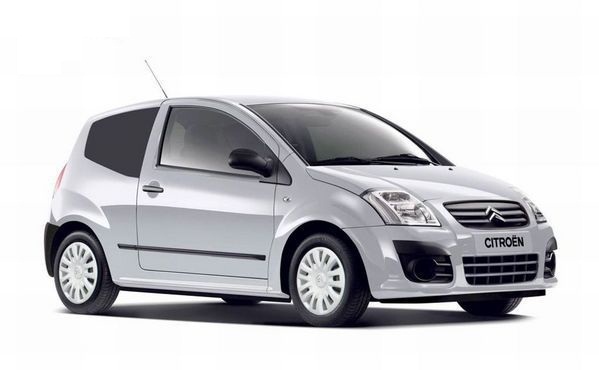
Citroen C2
The Citroen C2 was produced from 2003 to 2009. Along with the C3, it replaced the popular but old one Citroen Saxo.
It was offered in a three-door hatchback variant.
LX model version of the Citroen C2 that comes with basic equipment, including black plastic bumpers and no fog lights.
The Citroen C2 L model, which was produced from 2003 to 2005, came with a black lower bumper and door handles, a CD player, modulation rear lights and no fog lights. The design includes colored bumpers and electric windows.
The SX "luxury" variant includes color bumpers and air conditioning that accelerates to 100 km / h in as little as 4.5 seconds. total 17.2 s.
Furio, VTR and VTS are sports models of the Citroen C2. The Furio has the same bodywork as the more expensive VTR and VTS models, but no aluminum rims.
The Citroen C2 VTR has a 111-horsepower engine and a 126-hp VTR engine capable of accelerating to 100 km / h in 8 seconds.
In 2006, a couple of changes were made to the VTR model. From the outside, the car looked exactly the same, and on the inside a new electrical system was installed, a new stereo integrated with the vehicle's computer and some cosmetic changes to the driver's display and center console.
In 2008, a "facelift" was made. Larger front bumpers have been installed to make the vehicle stand out more, and a grille with a chrome frame has been stylized.
Citroen The C2 brings with it two key new technologies, the "Stop & Start" environmental protection system, and the SensoDrive fifth-speed semi-automatic transmission.
Citroen C2 1.4 HDI
Engine power for gasoline engines ranges from 59 to 129 hp, while diesel engines offer 1.4 HDi with 67 hp.
In terms of fuel consumption, the diesel variant consumes 4.1 L / 100 km in combined driving and the petrol variant 5.8 l / 100 km.
Technical characteristics
| Manufacturer | Citroen |
| Model | C2 |
| The year of production | 2003. - 2009. |
| Variants | 3 door hatchback |
| Length | 3662 mm |
| Width | 1659 mm |
| Height | 1460 mm |
| Trunk capacity | 193 L |
| Curb weight | 995 kg |
| Permissible load (kg) | 395 kg |
| Wheelbase | 2315 mm |
Advantages - Citroen C2
- Low power consumption (with manual transmission)
- Ideal for young drivers
- Low car price
- Sporty look
- Practical, small
Mane - Citroen C2
- Automatic transmission problems (high fuel consumption, "self-acceleration") - Be sure to avoid automatic transmission models
- Poor voltage - light bulbs burn out
- Too little space in the rear seats
- Reliability issues
- The automatic transmission malfunctions after 80000 km
- Bearings depart quickly due to tire dimensions (195/45 R16)
- Some instances have a problem with ECU(Engine Control Unit)
- Self-acceleration problem if SensoDrive gearbox is installed
- With a manual transmission, the ECU of the vehicle must be reprogrammed if the gear shift is rough
Recommendation of similar texts:

Hi there, I am Mladen and I am an auto enthusiast. I started this blog years ago to help like minded people share information about latest cars, car servicing ideas, used car info, exotic cars, and auto technology. You will find helpful articles and videos on a wide variety of cars - Audi, Mercedes, Toyota, Porsche, Volvo, BMW and much more. Ping us if you have anything cool to share on latest cars or on how to make older cars more efficient, or just want to say hi!

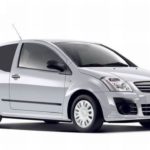
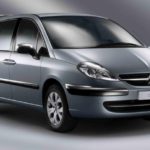

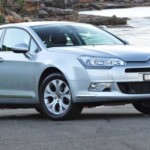
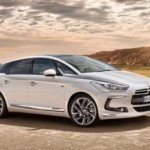
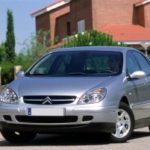
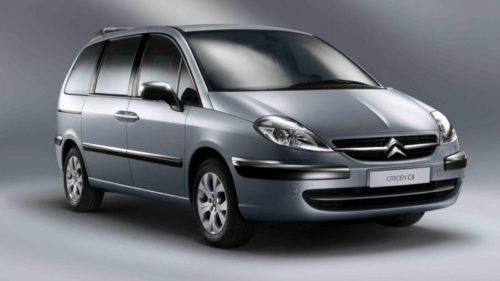
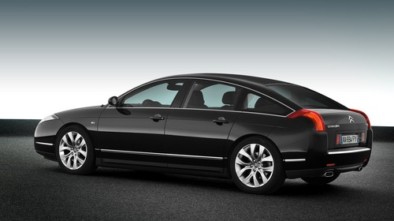
I own a C2 1.1 gasoline and decided to leave some impressions.
Superb small city car, comfortable seats, plenty of seats up front, it's wide so you won't touch and collide with a front passenger like in a punt.
The personal impression is that when sitting forward it looks as if it were sitting in a C5.
The quality of the plastic dashboard is excellent, it is not cheap as in Renault or Fiat, it gives the impression of sitting in a much more expensive car.
In contrast, the quality of the plastics back, not sideways from the back seats, is not able to squeak and annoy.
The trunk door is specific to this model, independently opening the top and bottom halves, which can be very practical.
The trunk is small but can serve as a marketplace and megamarket, with the rear seats folded down you get plenty of room to transport bulky goods.
It is beautiful to ride, light on the wheel like a feather, forward very visible due to its short hood.
Rear visibility is also good, despite the small glass trunk door as it has large rear-view mirrors.
It is comfortable to drive, it sits as slightly "sloping" as it should sit in the "compartment".
The seats are not the same as the C3, where it sits upright, like on a wooden bench.
The C2 is a 4-seater car model, and in terms of comfort, I find the main flaw in the rear bench.
There is not enough seating area except for children and infants.
They can somehow pack up to 4 adults, but there is no comfort at all.
There are models where the rear seats are independently reversed at the expense of the trunk, so I would pay attention to that detail for purchase.
Fuel consumption in (white) city driving through the hustle and bustle, 8-8.5l in summer, up to 9l BMB 95 octane in winter.
By pouring 100 octane gasoline the consumption is reduced slightly and the engine gains little on performance.
Basically, for, say, 2000 dinars, it will cross the same kilometers and 95 and 100 octane, despite the difference in price, so in summer it will only pour "a hundred".
In the winter, it makes sense to pour 95 octane because the car spends a lot of time working under dry conditions at low temperatures.
In winter it is great for driving, with winter tires digging like a mole, it goes out and with higher climbs without any hassle.
The front spoiler is low, so that parking by a large curb turns plastic.
The gearbox is short-haul, adapted to city driving so that the fourth can drive at 40 km / h on straight and the fifth at 60 km / h.
The ideal cruise is at about 80 km / h at five speeds where consumption drops dramatically.
For example, to the Montenegrin coast and back, in the open it wasted a flat 5L per 100 km, good for out-of-town trips on the main roads.
Because of such a gear shift, the car is not for the long haul as the absolute silence at 80 grows into noise at 120-130 as the weak 1.1 gasoline has to go higher.
The car is not uncomfortable for the long haul, on the contrary, but it is quite noisy with this engine.
For the 20 mostly driven (white) cities, I had only one atypical malfunction.
The plastic pipe on the tank float to which the gas inlet hose is attached has longitudinally cracked, the plastic has rotated, so I replaced the pump housing with the pump and float.
Trap is extremely durable on bg holes, I at least do not save it on the ride, only the shock absorber cup and the stabilizer (30 euros all).
The 1.1 (good old TU engine) is enough for city driving, is solidly lively, the car is more startable and pulls better than the 1.2 8v punt and shades weaker than the 1.2 8v twin.
For the more demanding I would suggest a 1.4 petrol engine which might be the ideal choice for this car.
The main disadvantage of this car is corrosion under the site!
The "ingenious" constructor of this model left one round opening in the front at the entrance to the cavity under the site, which can be seen when the protective plastics above the front wheels (hulls) are removed or tucked. All the water, rot, leaves and dirt that falls on the car in front, enters under the hood, then slides over the baskets and accumulates in the space above the hull. When all this is deposited, about 15 cm in height, it reaches the point where these openings are from under the site, and from then on, the filling under the site with mud, leaves and water starts!
When buying this model, be sure to check the condition of the site and the possible appearance of bubbles under the paint and protection.
Take off the barns and clean the mud and leaves, clear all the dirt and leaves from the baskets, open the site openings and possibly plug them with rubber plugs.
The rest of the sheet metal is not subject to corrosion.
All in all, the car is great, if you carefully read the well maintained specimen you will only enjoy driving.
It's cheap to maintain, parts are slightly more expensive than a punt, and for a punt, clia and twing this car is a spaceship!